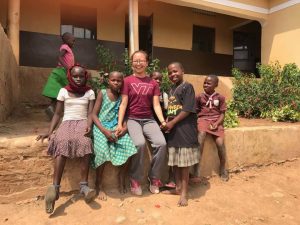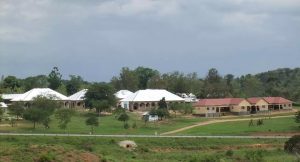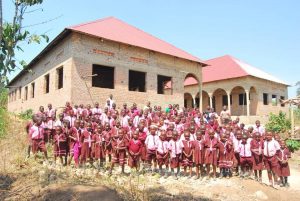Community visits paving way for a new URF service delivery model
There can always a disconnect between the perceptions of Directors of NGOs who make decisions on program implementation and the reality that exists on the ground. While in Uganda this summer, I visited the various communities we serve in an effort to close this gap. My visits were an eye opener. I was humbled by the dedication and enthusiasm our kids and women have for URF programs seeing the long distances they have to walk to come to school or to the women’s meetings. Some of them have to walk more than 3 miles. Several kids told me they start walking by 5am so they can leave school by 8am. During the visits I met village leaders with men and women to listen to their feedback on URF projects and to get a better understanding of their challenges and needs.
As a result of this dialogue, URF is drawing up a strategy to extend our services closer to the people. We have mapped out these communities into a series of Zones – a zone comprises of two or three villages which are in close proximity and can benefit from a resource in a central location – such as a well or clinic or a school. Future seminars, training, medical camps, adult literacy classes, village bank meetings, etc shall be organized on zonal level to reduce the distance people have to walk to URF offices. We hope this model will make our services more readily accessible to more people.











